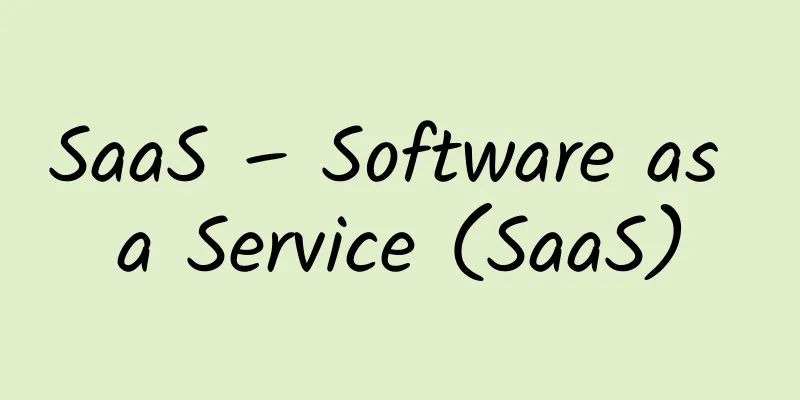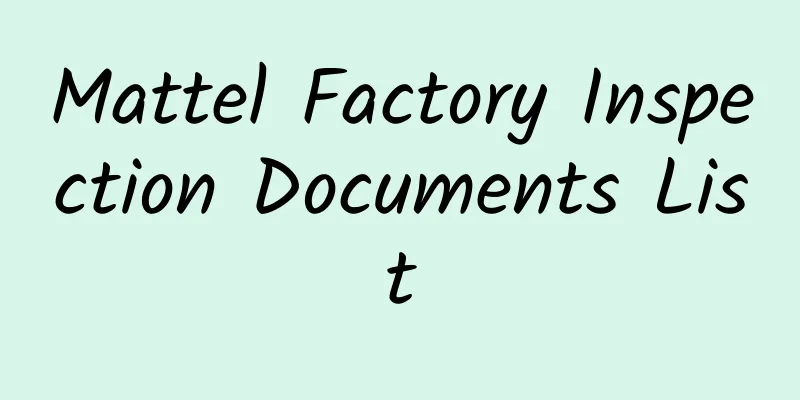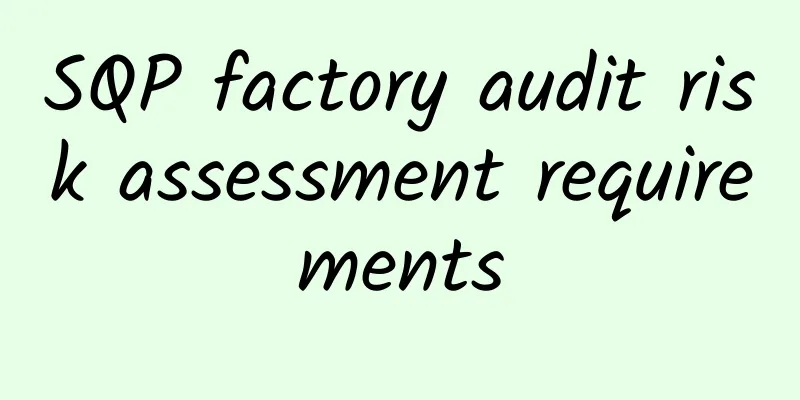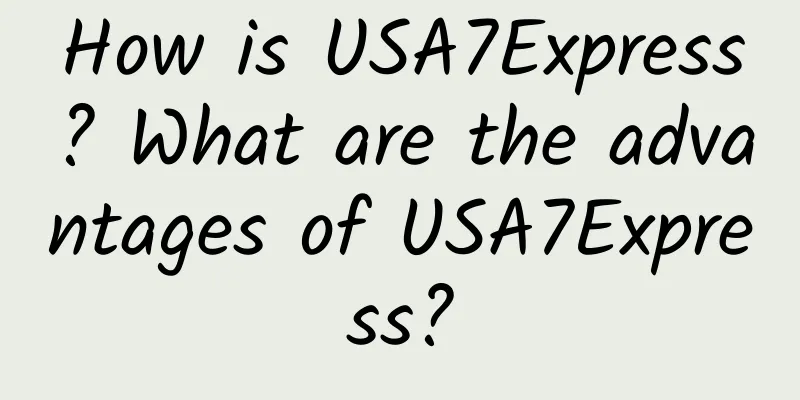SaaS – Software as a Service (SaaS)

|
What is SaaS? SaaS is the abbreviation of Software-as-a-Service, which means software as a service, that is, software services are provided through the Internet. SaaS platform suppliers deploy application software uniformly on their own servers. Customers can order the required application software services from manufacturers through the Internet based on actual work needs, pay manufacturers according to the amount of ordered services and duration, and obtain services provided by SaaS platform suppliers through the Internet. SaaS application software has three modes: free, paid, and value-added. The paid mode is usually an "all-inclusive" fee, which includes the usual application software license fee, software maintenance fee, and technical support fee, which are unified into a monthly rental fee for each user. SaaS is not only suitable for small and medium-sized businesses, but businesses of all sizes can benefit from SaaS. Advantages of SaaS: 1. From a technical perspective: SaaS is easy to deploy and does not require the purchase of any hardware. All you need to do is simply register. Enterprises no longer need to hire IT professionals, but can still get the latest technology applications to meet their information management needs. 2. From the investment perspective: enterprises only need to invest in the form of relatively low "monthly fees" without having to invest all at once, and do not occupy too much operating capital, thus alleviating the pressure of insufficient funds for enterprises; there is no need to consider cost depreciation issues, and they can obtain the latest hardware platforms and the best solutions in a timely manner. 3. From the maintenance and management perspective: Since enterprises adopt a leasing approach to manage logistics business, they do not need dedicated maintenance and management personnel, nor do they need to pay extra fees for maintenance and management personnel. This can greatly alleviate the human and financial pressures of enterprises, allowing them to focus on the effective operation of core businesses; SaaS can make users a completely independent system in the world. If you are connected to the Internet, you can access the system. This is the end of the introduction to SaaS in this issue. If you want to get more information about SaaS, please pay attention and we will continue to answer your questions~ |
<<: What is Zibbet? What are the features of Zibbet?
>>: What support policies does Vova currently have? Is Vova easy to do?
Recommend
How about Wanxiang Supply Chain? What are the advantages of Wanxiang Supply Chain?
How about Wanxiang Supply Chain? Wanxiang Supply ...
ORC—Origin Surcharge Origin Receipt Fee
ORC, the abbreviation of Origin Received Charges,...
What questions will Wal-Mart ask during its anti-terrorism factory inspection?
Generally speaking, what questions will be asked ...
Shopee's "Marketing Center" explains the series of updates: "Keyword Advertising"
The new store has no orders and the old store has...
eBay and Noon sign cooperation agreement to enter the Middle East market
Middle Eastern e-commerce platform noon.com has a...
What products are the most profitable on Lazada in 2020?
With the popularity of the Southeast Asian market...
ISO14000 system certification requires submission of information
What documents are required to be submitted for I...
Current laws and regulations that Coca-Cola manufacturers are required to comply with
Compliance with Applicable Laws and Standards Com...
Introduction to Sedex System Registration
Over the years, Marks & Spencer has been comm...
What materials are needed to open a store on eBay? What are the basic costs of opening a store on eBay?
The advantages of eBay are that the threshold for...
What is Rakuten Ebates? How to register for Rakuten Ebates?
What is Rakuten Ebates? Rakuten Ebates is an Amer...
SA8000 basic principles and requirements for countries and buyers
Outline UK Ethical Trading Initiative (ETI) Funda...
Avon factory audit results
Avon factory audit results: Green: All requirement...
What is Oceanpayment? What services does Oceanpayment provide?
What is Oceanpayment? Oceanpayment/Qianhai was es...
LI&Fung factory audit document list
LI&Fung factory audit document list : 1. Busi...









